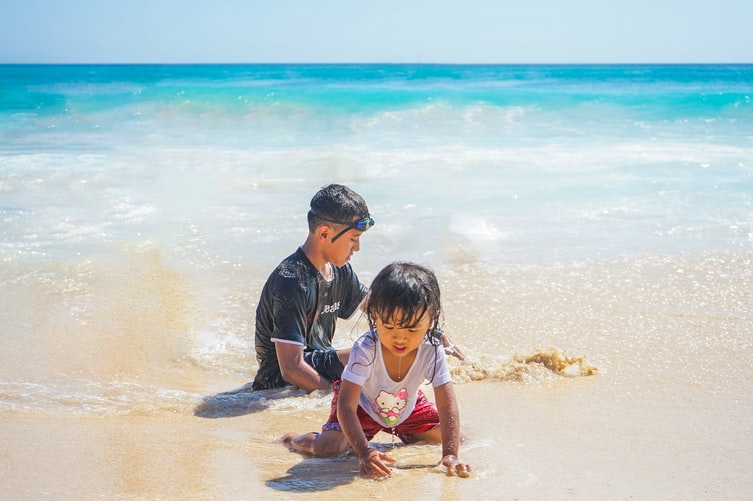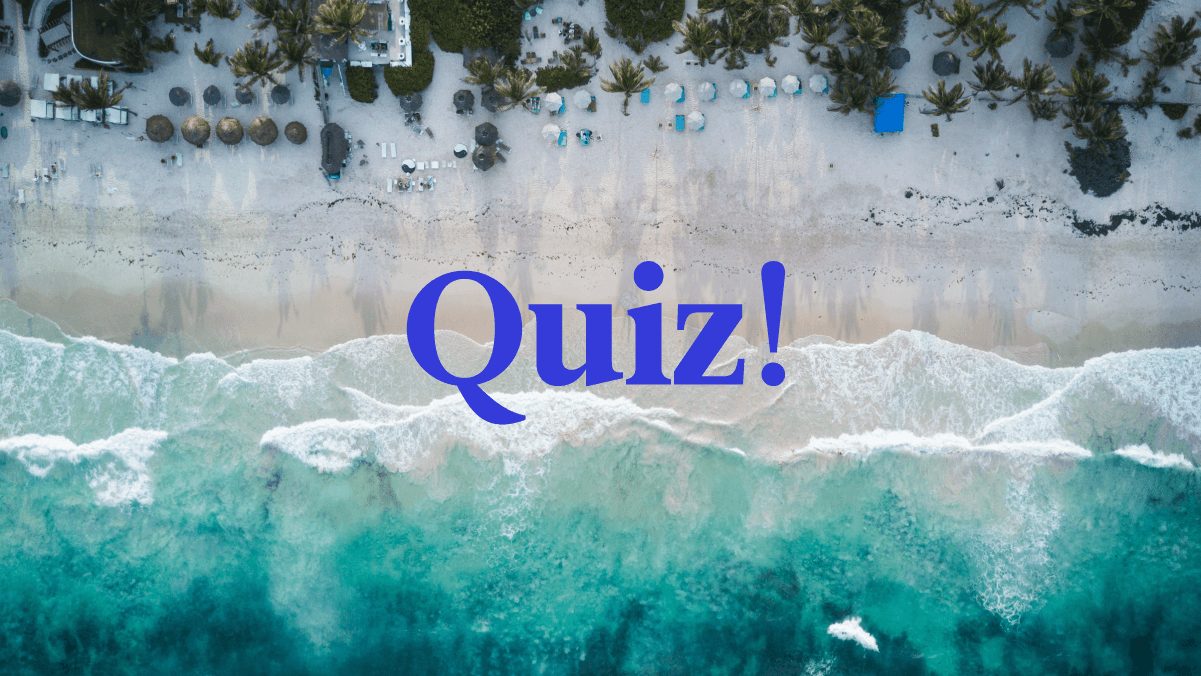How to stay safe at the beach
The beach is for everyone to enjoy. Knowing how to stay safe while at the beach will make sure that you and your family have the best day possible.
Getting ready for a day at the beach!

Beach safety starts at home!
To make sure that you can stay safe while at the beach, you must prepare and do your research before you leave home. Explore our top tips to learn more about how you can make sure you are ready for a safe and fun day at the beach.

Is the beach patrolled by lifesavers today?
You should not swim at an unpatrolled beach as no one is there to save you if you get into trouble.

Is the beach open or closed?
If a beach is closed, it means that it is too dangerous to be in the water – you should avoid any closed beaches.

What hazards are at the beach?
Hazards might include rip currents, marine creatures such as blue bottles or large waves.

How strong is the sun?
The Australian sun can get very strong, make sure you check the UV rating and get plenty of shade and water throughout the day.
Pack items to keep you safe at the beach.

Sunscreen, hat & a long sleeve top.
Sunscreen should be applied at least 30 minutes before you go outside, and it should be reapplied regularly throughout the day, especially if you are in the water.

Do not swim in normal clothes.
Do not swim in normal clothes as these can become waterlogged (filled with water) and can become very heavy making it very difficult to float, swim or stand in the water. There are many safe options for swimwear, including the burkini which covers the whole body.

Do not pack alcohol.
Make sure you have plenty of water to keep you hydrated. Avoid alcohol while at the beach as it can
impair your ability to think clearly and make the right decision. Alcohol slows down your reaction time and increases your chances of getting into trouble while in the water.
Lifesaver's top tips for staying safe at the beach!

Always swim between the red & yellow flags.
Lifesavers place the flags where it is safe to swim and they will be observing this area and will notice if you need help.

Look for beach safety signs.
Lifesavers place signs on the beach to let you know of any dangers that may be present – make sure you look for these signs before you go into the water.

Say hello to a lifesaver.
When you arrive at the beach, go and say hello to the lifesavers – they are there to help and they love to meet new people and answer any of your questions.

Never swim alone.
Always swim with a friend or an adult and never go into the water by yourself. If you are out alone always make sure to swim between the red and yellow flags where the Lifesavers can see you and make sure you tell someone where you are going before you leave home and before you enter the water.

If you get into trouble in the water, stay calm and raise your arm.
Getting caught out in the ocean where you cannot touch the bottom can be scary but remember to stay calm and raise your arm for help. Try to float and if you feel you are being pulled away from the shore avoid trying to swim against the current – this will only make you tired and unable to stay afloat.

In an emergency - call triple zero (000)
If you cannot swim do not try to rescue other people who are in trouble – always get help –
if a lifesaver is not available call triple zero (000). You can help someone by throwing them something to hold onto like a board or a cooler box. Look around, many beaches have red floatation devices installed for public use.
Lifesavers are not babysitters.
Lifesavers are there to help but they are not babysitters and children should never be left alone on the sand or in the water without an adult to watch them.

It only takes a second...
Even in shallow water children should never be left alone. A big wave can happen at anytime washing people out into the ocean. Children should wear appropriate swimwear and should not enter the water without an adult who can swim and help them.

What is a rip current?
Rip currents are one of the biggest dangers at the beach. Knowing what a rip is, how to spot one and how to avoid one is key to staying safe at the beach.
What is a wave?
Waves can be fun. You can dive under them, jump over them, watch them gently roll to shore or be awed by their power as they crash on the beach. So how are they formed?
Learn about marine creatures
There are lots of amazing marine creatures that live in the ocean and on our beaches. What are the ones you should look out for when you visit the beach?
How to stay safe at the beach
The beach is for everyone to enjoy. Knowing how to stay safe while at the beach will make sure that you and your family have the best day possible.
What is a surf lifesaver?
Each summer over 20,000 members of SLSNSW put on the iconic red and yellow uniforms at beaches across the state. So who exactly are these heroes in red and yellow? Let's find out!
Explore a rock pool
Next time you're at the beach, head down to the rock pool and explore all the amazing aquatic and marine life.
Take the test and find out how much you know about staying safe at the beach.

